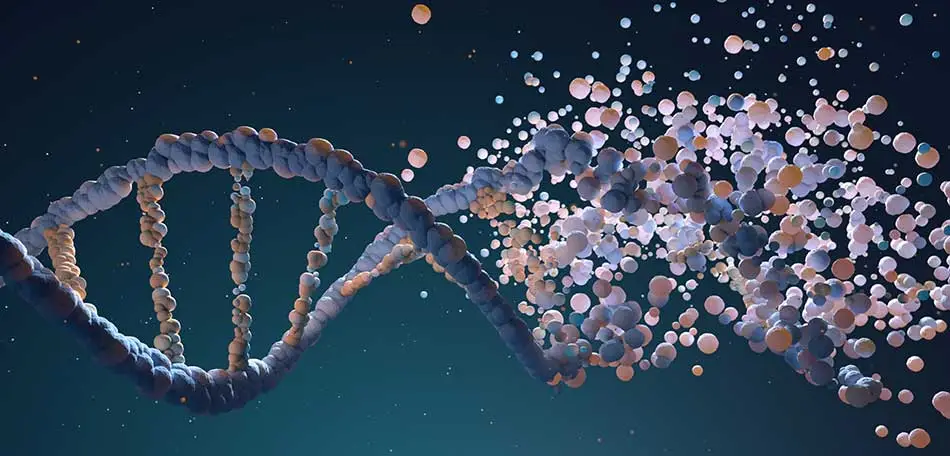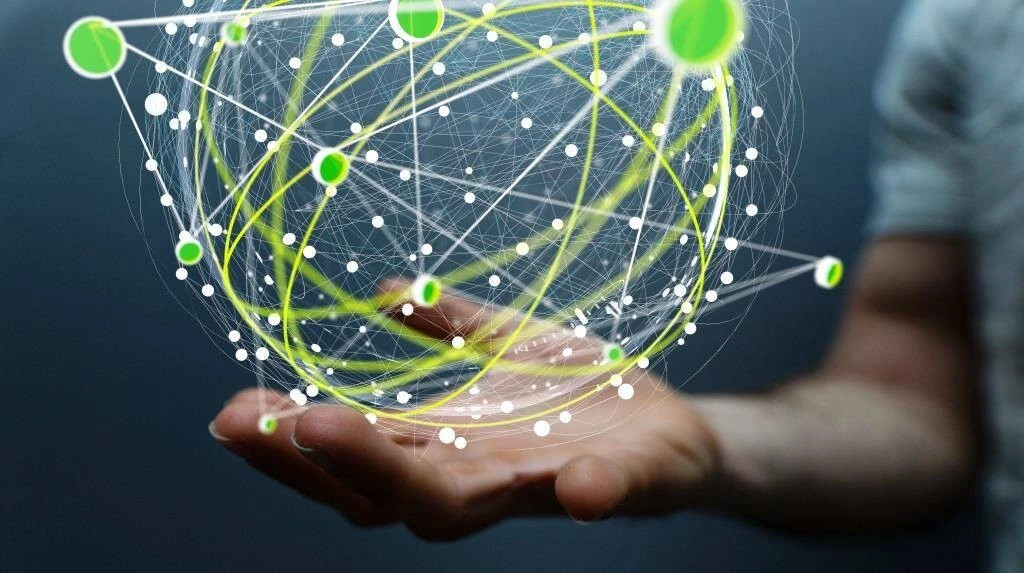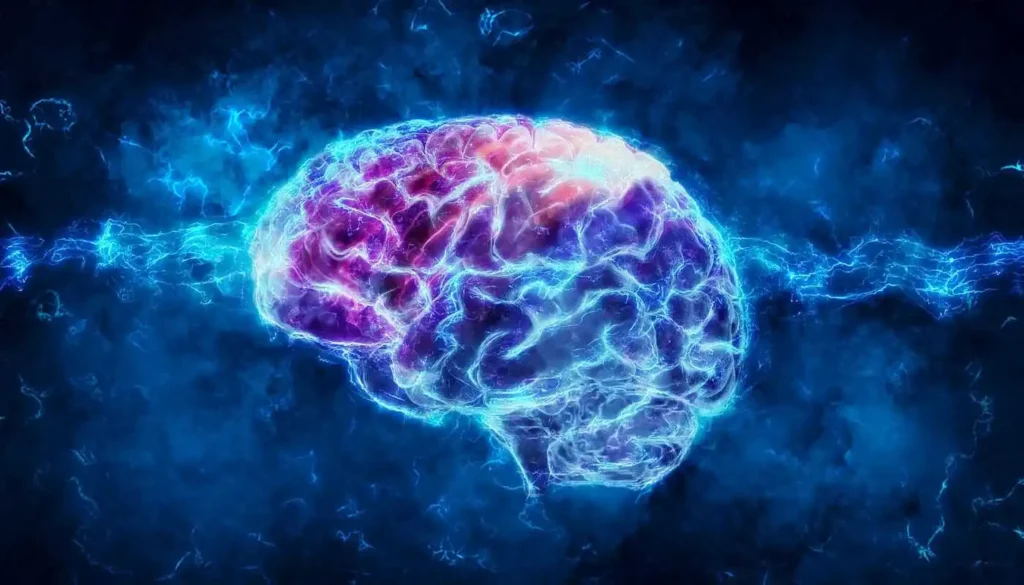At the heart of modern scientific exploration lies a dynamic partnership between Biology and Data Science. These two disciplines, seemingly distinct, converge to unravel the complexities of the living world and harness the power of information. Biology delves into the study of life, from microscopic cells to entire ecosystems, seeking to understand the fundamental processes that drive organisms. Data Science, on the other hand, focuses on collecting, analyzing, and interpreting vast amounts of data to extract meaningful insights. Together, Biology and Data Science form a formidable duo, reshaping our understanding of biology, medicine, ecology, and beyond.
In this article, we will explore the fields with real life examples, where biology and data science meet and make impact.
Understanding the Basics:
Biology, the study of living organisms, encompasses everything from the tiniest bacteria to the largest whales. It seeks to unravel the complexities of life processes, from cellular functions to ecosystems. On the other hand, Data Science involves collecting, analyzing, and interpreting vast amounts of data to extract meaningful insights. It employs techniques from mathematics, statistics, and computer science to make sense of the digital world.
Biology and Data Science Integration:
The integration of Biology and Data Science marks a paradigm shift in scientific inquiry. Traditionally, biologists relied on observation and experimentation to uncover biological principles. However, the arrival of big data has brought about a new era of discovery. With powerful data science tools and techniques, scientists can now study biological things in much more detail than ever before.
Following are the real-world applications of biology and data science integration across various fields, making impact in scientific world and improving life quality.
Genomics and Bioinformatics:
One of the most prominent areas where Biology and Data Science intersect is genomics. The field of genomics involves studying an organism’s complete set of DNA, known as its genome. With the development of high-throughput sequencing technologies, scientists can sequence entire genomes rapidly and affordably. However, big data in genomics requires sophisticated computational methods for analysis. This is where bioinformatics comes into play. Bioinformatics applies Data Science techniques to biological data, enabling researchers to decipher the genetic code, identify genes, and understand their functions.
Real-world Example:
The Human Genome Project stands as a hallmark example of the synergy between Biology and Data Science. This international effort, completed in 2003, aimed to sequence and map the entire human genome. It generated vast amounts of genomic data, laying the foundation for numerous breakthroughs in genetics, medicine, and biotechnology.

From DNA Sequencing to Precision Medicine:
The marriage of Biology and Data Science holds immense promise for advancing personalized medicine. By analyzing an individual’s genome, researchers can identify genetic variants associated with diseases, drug responses, and other traits. This information enables clinicians to tailor treatments to each patient’s unique genetic makeup, a concept known as precision medicine. Moreover, by aggregating genomic and clinical data from diverse populations, scientists can gain insights into the underlying causes of diseases and develop more effective therapies.
Real-world Example:
The Cancer Genome Atlas (TCGA) project illustrates how the integration of Biology and Data Science is transforming cancer research and treatment. By analyzing genomic data from thousands of cancer patients, researchers have identified genetic mutations driving various cancer types, paving the way for targeted therapies and personalized treatment approaches.
Ecology and Environmental Science:
Environmental Data Science is reshaping our understanding of ecosystems and biodiversity. Through remote sensing, satellite imagery, and sensor networks, researchers can collect vast amounts of environmental data, ranging from temperature and precipitation to species distribution and habitat quality. Analyzing these data using machine learning and spatial analysis techniques allows scientists to model ecological processes, predict environmental changes, and inform conservation efforts.
Real-world Example:
The Global Biodiversity Information Facility (GBIF) serves as a prime example of how Biology and Data Science converge to facilitate biodiversity research and conservation. GBIF provides free and open access to biodiversity data from around the world, enabling researchers to analyze species distributions, track biodiversity trends, and identify conservation priorities.

Drug Discovery and Development:
Another area where Biology and Data Science converge is drug discovery and development. Historically, drug discovery relied on trial and error, often taking years and costing billions of dollars. However, by leveraging computational methods such as virtual screening, molecular modeling, and machine learning, researchers can accelerate the drug discovery process and identify promising drug candidates more efficiently. Moreover, Data Science enables the repurposing of existing drugs for new indications by analyzing large-scale biological datasets and identifying potential drug-target interactions.
Real-world Example:
Atomwise, a San Francisco-based company, utilizes artificial intelligence and machine learning algorithms to expedite drug discovery. By analyzing molecular structures and biological data, Atomwise identifies potential drug candidates for various diseases, significantly reducing the time and cost associated with traditional drug development pipelines.
Neuroinformatics:
Neuroinformatics combines neuroscience with Data Science to understand the structure and function of the brain. By analyzing brain imaging data, neural activity recordings, and genetic information, researchers aim to unravel the mysteries of cognition, behavior, and neurological disorders.
Real-world Example:
The Human Connectome Project (HCP) utilizes advanced imaging techniques and computational methods to map the structural and functional connections within the human brain. This project has shed light on brain networks underlying various cognitive functions and neurological conditions.

Systems Biology:
Systems Biology employs computational models and data-driven approaches to study complex biological systems as integrated networks of genes, proteins, and molecules. By analyzing interactions within these networks, researchers gain insights into cellular processes, disease mechanisms, and drug responses.
Real-world Example:
The Virtual Physiological Human (VPH) initiative aims to create computational models of the human body at multiple scales, from molecular interactions to organ function. These models enable researchers to simulate physiological processes, predict drug effects, and personalize medical treatments.
Metagenomics:
Metagenomics involves studying the collective genetic material of microbial communities inhabiting diverse environments, such as soil, water, and the human gut. By sequencing and analyzing microbial DNA, researchers can explore microbial diversity, ecological interactions, and functional potentials.
Real-world Example:
The Earth Microbiome Project (EMP) seeks to characterize microbial communities across different ecosystems worldwide. By analyzing metagenomic data, researchers have identified novel microbial species, discovered new metabolic pathways, and elucidated the roles of microbes in ecosystem processes.
Synthetic Biology:
Synthetic Biology combines principles from Biology and Engineering to design and construct biological systems with novel functions. Data Science plays a crucial role in DNA sequence design, optimization of genetic circuits, and predictive modeling of biological systems.
Real-world Example:
The International Genetically Engineered Machine (iGEM) competition brings together teams of students to design and build genetically engineered organisms for various applications, such as environmental remediation, healthcare, and agriculture. These projects often involve computational design and modeling to guide the engineering process.
Challenges and Opportunities:
Despite the transformative potential of integrating Biology and Data Science, several challenges remain. One of the foremost challenges is data integration and interoperability. Biological data are often heterogeneous, coming from various sources and formats. Integrating these data into cohesive datasets poses technical and logistical challenges. Additionally, ensuring data privacy and security is paramount, especially when dealing with sensitive genomic and healthcare data. Moreover, interdisciplinary collaboration between biologists, data scientists, and domain experts is essential to fully harness the synergy between Biology and Data Science.
Conclusion:
In conclusion, the convergence of Biology and Data Science represents a watershed moment in scientific discovery. By combining the power of biological insights with advanced computational techniques, researchers can unlock new frontiers in medicine, ecology, agriculture, and beyond. As we navigate the complexities of the living world, the synergy between Biology and Data Science will continue to drive innovation and shape our understanding of life itself.



